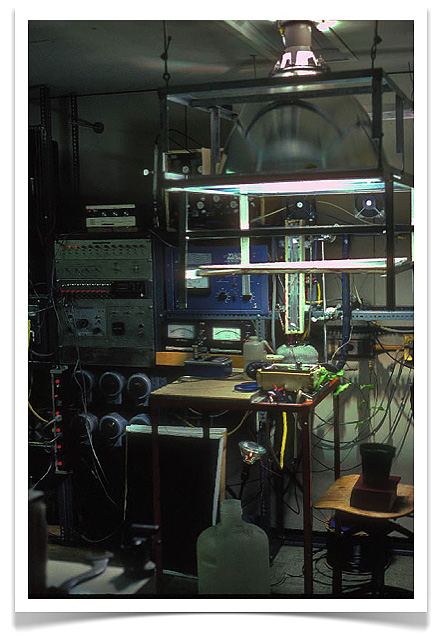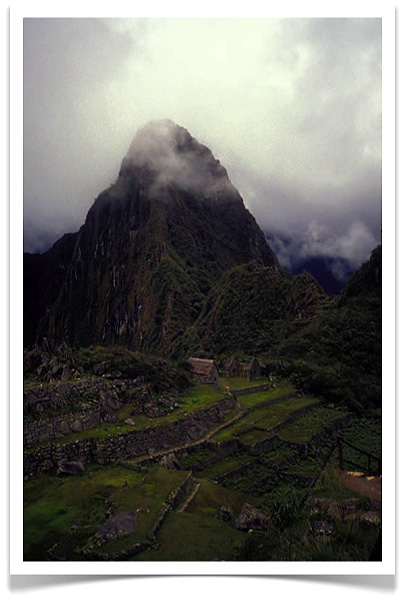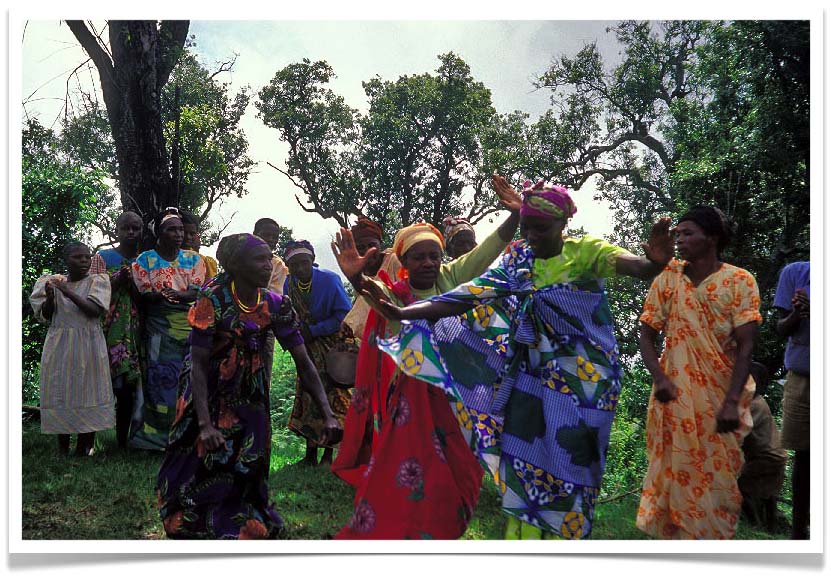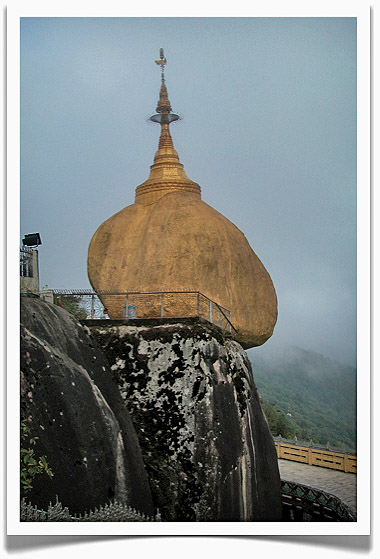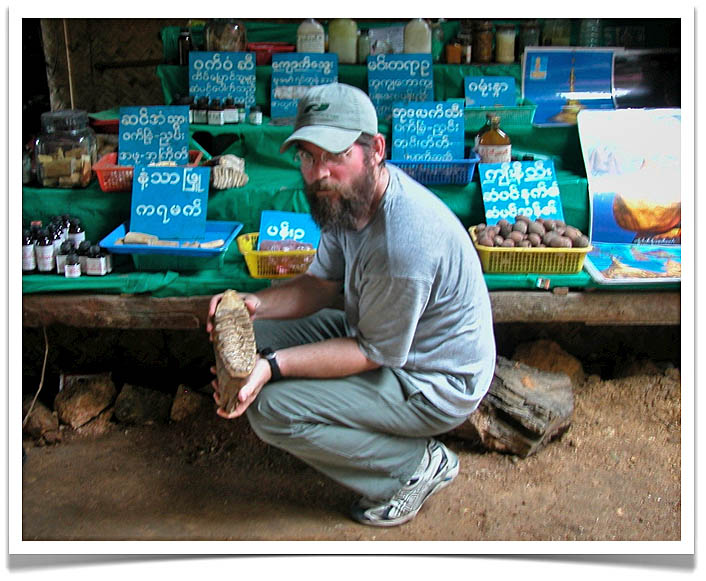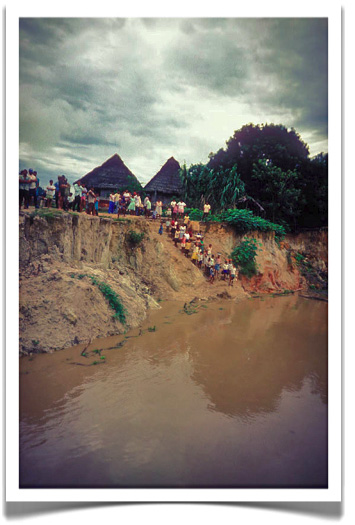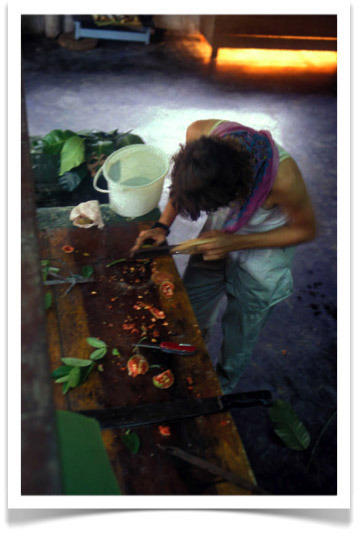
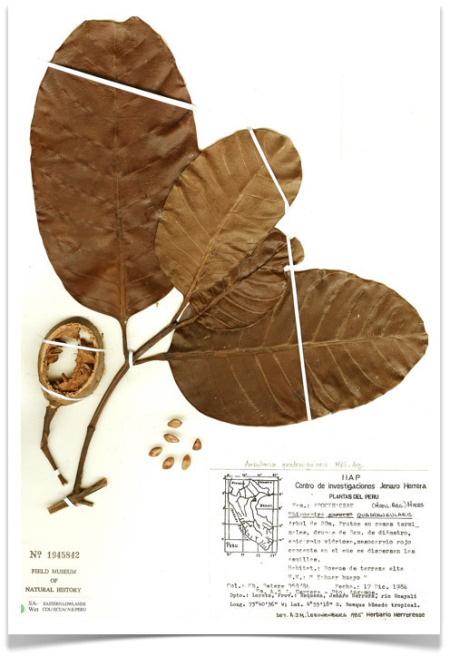
Some of my work involves collecting herbarium specimens. The specimen, ideally, will have leaves, flowers, and fruits, and all of these plant parts need to be carefully pressed and dried so that they can be mounted on an herbarium sheet. Big fruits sometimes need to be sliced up to press and dry. The top image shows the fruits of Rhigospira quadrangularis, or "yahuar huayo", being sawed into slices at the IIAP field station outside of Jenaro Herrera in Peru (see Jenaro Herrera). The fruit slices and leaves will be folded into newspapers and dried in the plant drier shown glowing in the background.
The bottom image shows one of the herbarium sheets made from the Rhigospira collection. This specimen is in the herbarium of the Chicago Field Museum; duplicates of the same collection are deposited in the IIAP herbarium and NYBG. [NOTES: That's my wife sawing through the Rhigospira fruits (thx, Elysa). Close inspection of the herbarium label suggests that I had mis-identified the species and that it was later corrected by A. Leeuwenberg. And yes, the glowing plant drier did eventually catch on fire].
 Friday, December 12, 2008 at 9:19AM
Friday, December 12, 2008 at 9:19AM 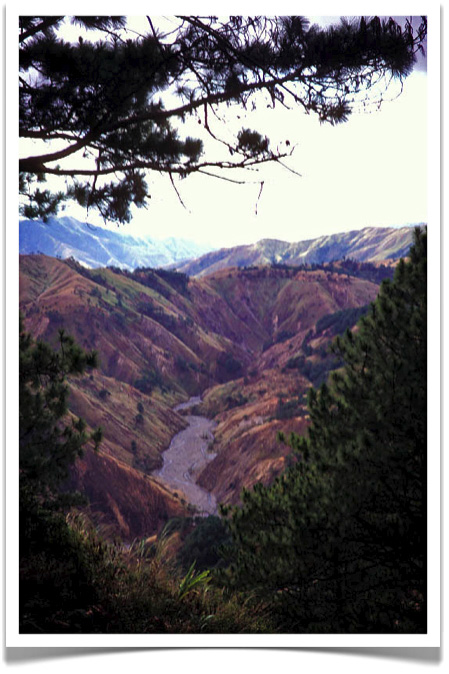
 Central Luzon,
Central Luzon,  Philippines,
Philippines,  deforestation,
deforestation,  erosion in
erosion in  Science | |
Science | |  Email Article |
Email Article |  Print Article
Print Article 

